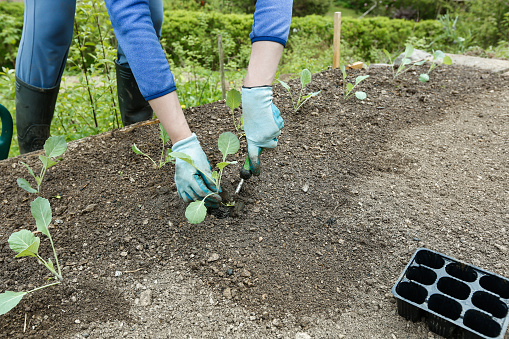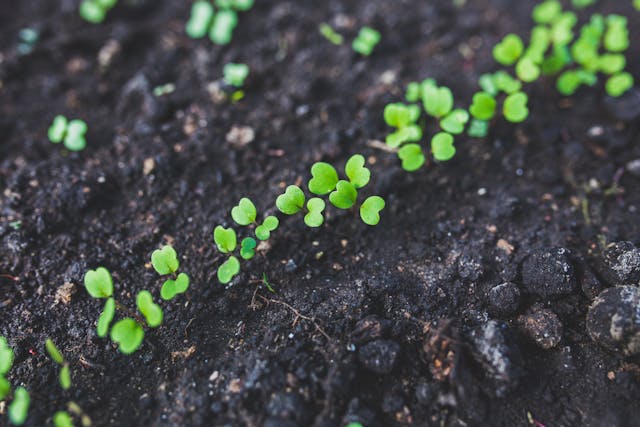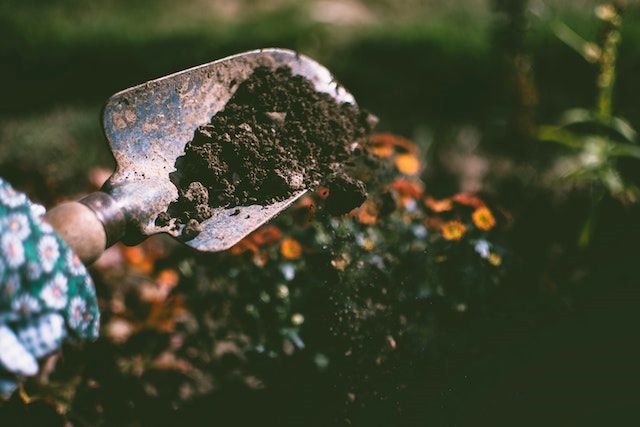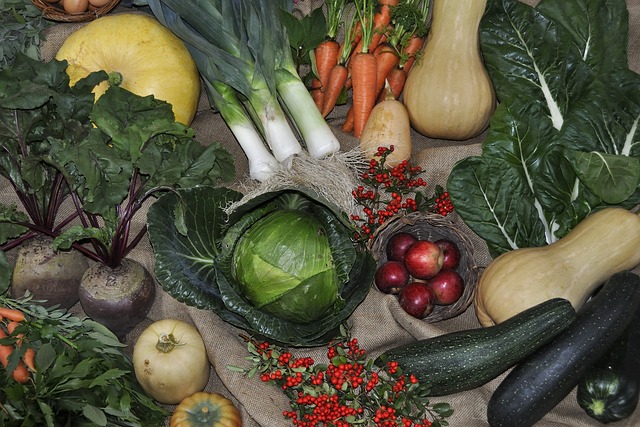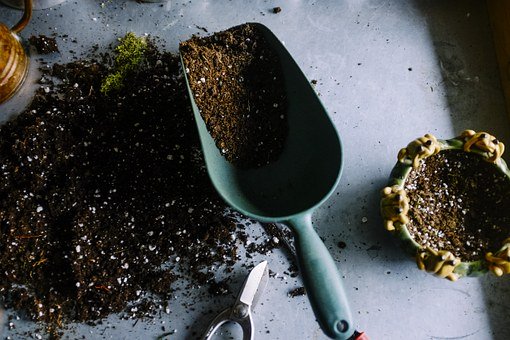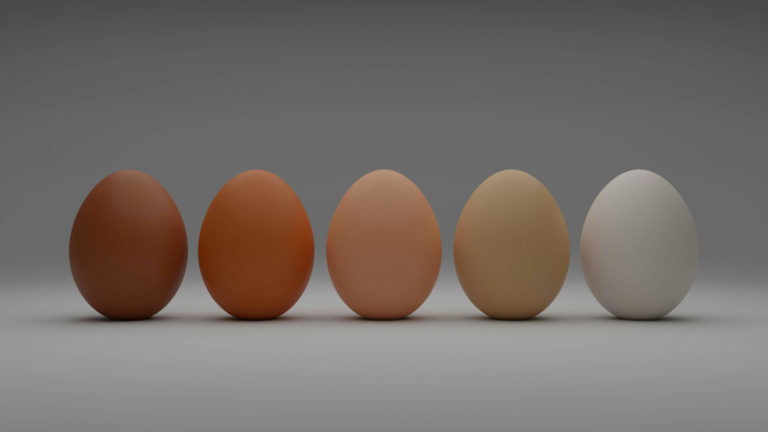How to Transplant Your Plants Without KIlling Them
If you plant your plants into the ground, you should find out how to transplant your plants without killing them.
Transplanting trees and larger bushes is not the same as transplanting seedlings from seedling trays into the grow, larger pots, or aquaponic systems.
Early spring is a great time for transplanting trees and shrubs, but you must do so before the plants wake up. Transplanting a plant is a very traumatic experience for the plant if it is awake. Dormancy starts in the fall as soon as you experience a good hard freeze, and the plants remain dormant until the weather warms up in the spring. This is when you should transplant your plants, while the plants are dormant.
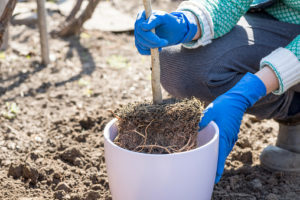
You can transplant in the spring up until the plants leaf out. When the buds are green and swollen you are usually safe to still transplant, but once the leaf develops, you should wait until fall. When transplanting you can dig the shrubs out bare root, just make sure they are out of the ground for as short a time as possible, and keep the roots damp while out of the ground.
Make sure there are no air pockets around the roots when you replant them. When possible, it is always better to dig a ball of earth with the plants when you transplant them. The rule of thumb is 12″ of root ball for every 1″ of stem caliper. If the diameter of the stem of a tree is 2″, then you should dig a root ball 24″ in diameter.
Handling the Roots when You Transplant Your Plants
Don’t be afraid of cutting a few roots when you transplant. Just try not to cut them any shorter than the above guidelines allow. Cutting the roots will actually help to reinvigorate the plant. It’s a process simply known as root pruning. When the roots are severed, the plant then develops lateral roots to make up for what is lost. These lateral roots are more fibrous in nature, and have more ability to pick up water and nutrients.
Some nurseries drive tractors over the plants in the field with a device that undercuts the roots of the plant just to force the plant to develop more fibrous roots. This makes transplanting the plant the following year much more successful, and makes for a stronger and healthier plant.
Traditionally, people root pruned by hand by forcing a spade in the ground around their plants. If you have a plant in your landscape that is doing poorly, a little root pruning while the plant is dormant could bring it around. It’s worth the effort.
